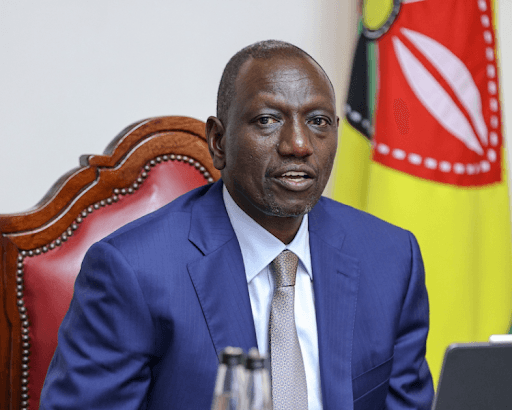While many Kenyans are confined in their homes by the threat of contracting coronavirus, our politicians are on the move and the pace is feverish.
The political scene is being remade. Old friends are being cast aside and new alliances established. The biggest story is perhaps the clipping of Deputy President William Ruto’s wings. His allies, both in the ruling Jubilee Party and in the erstwhile opposition coalition Nasa, are being systematically targeted and eliminated from party and public offices.
The coup de grace was President Uhuru Kenyatta’s reorganisation of his government, which made clear that the dual-presidency Kenyans have been treated to for the past seven years was a thing of the past. They may have run together, overcome the International Criminal Court together and enacted ruinous economic policies together, but that time is past.
Like Icarus, Ruto flew too close to the sun and is now paying the price.
The vice presidents of old had lived in their bosses’ shadow. Daniel Moi, who deputised for Uhuru’s father Jomo Kenyatta for 11 years, perhaps described it best — “During the Mzee Kenyatta period, I persistently sang the Kenyatta tune … If I had sung another song, do you think Kenyatta would have left me alone?”
Unlike him, Ruto had, initially with Uhuru’s acquiescence if not approval, sought to chart a different path. The first Deputy President under the 2010 Constitution, he took a much more visible and active role, been at the forefront of articulating and driving policy and even briefly took over Uhuru’s duties – if only theatrically – when the latter had to go to The Hague to attend his trial for crimes against humanity in 2014.
CO-PRESIDENCY ILLUSION
However, the illusion of a co-presidency was just that: An illusion – one that Uhuru was happy to indulge as long as he needed Ruto and the Rift Valley votes he delivered. Now that Uhuru is not running again, there is no need for pretences. Reading the tea leaves, especially in the wake of the March 2018 detente between Uhuru and his nemesis Raila Odinga, Ruto has been waging a defensive war against his boss, trying to stave off the inevitable rendezvous between his back and Uhuru’s knife.
Uhuru too has had his hands somewhat tied when it came to dealing with his deputy. While the two have sought to play up their long association going back to 2002, when Ruto supported his first unsuccessful stab at the presidency, there was actually less than met the eye.
The on camera attempts at bon homie, the playful antics and the talk of unity masked a history of being on opposite sides of murderous, politically instigated, ethnic conflicts — the reason they were indicted by the ICC in the first place. More than anything, theirs was a marriage of convenience, brought together by their mutual fear of spending the rest of their lives in a cell at The Hague and consummated by a mutual antipathy towards Raila. There was thus something of a Mexican standoff at the heart of Kenya’s government that was only resolved when Uhuru and Raila ganged up on Ruto.
Further, Uhuru does not enjoy the freedom of his predecessors who could fire their deputies at will. The Constitution does not allow him to do this. But by the same token, it also gives him the authority to assign his No.2 duties and, by implication, take then away. Thus what he can do is deprive Ruto the of the oxygen that his proximity to, and exercise of, presidential power has afforded him. In essence, if Uhuru is to be a lame-duck president, he would also hobble his mate.
RAILA'S CASE
The situation now will be one familiar to Raila who, in the decade between 2003 and 2013, repeatedly failed at attempts to build a co-presidency with President Mwai Kibaki. Even despite having the backing of the Constitution, being installed as Prime Minister and enjoying numbers in Parliament, he was constantly ignored and humiliated.
The petty protocol fights with Vice President Kalonzo Musyoka over who was senior were the source of much political drama as Kibaki soared above the fray, enjoying his ill-gotten gains such as the massive illegal retirement benefit he awarded himself as his final term drew to a close.
It seems that this is where Kenya is now headed. Having a Raila and Ruto busy fighting each other on more or less equal terms will free Uhuru to spend the last two years of his presidency pretty much on his own terms.
With the reorganisation of his government purporting to place independent institutions such as the Judiciary and constitutional commissions under the Executive, it seems, will be along the lines David Murathe famously predicted – that Uhuru would continue along the path of dictatorship, attempting to recreate the imperial presidency of the past.
When Kenyans eventually emerge from their homes, it may be to take up a new fight against an old order.











